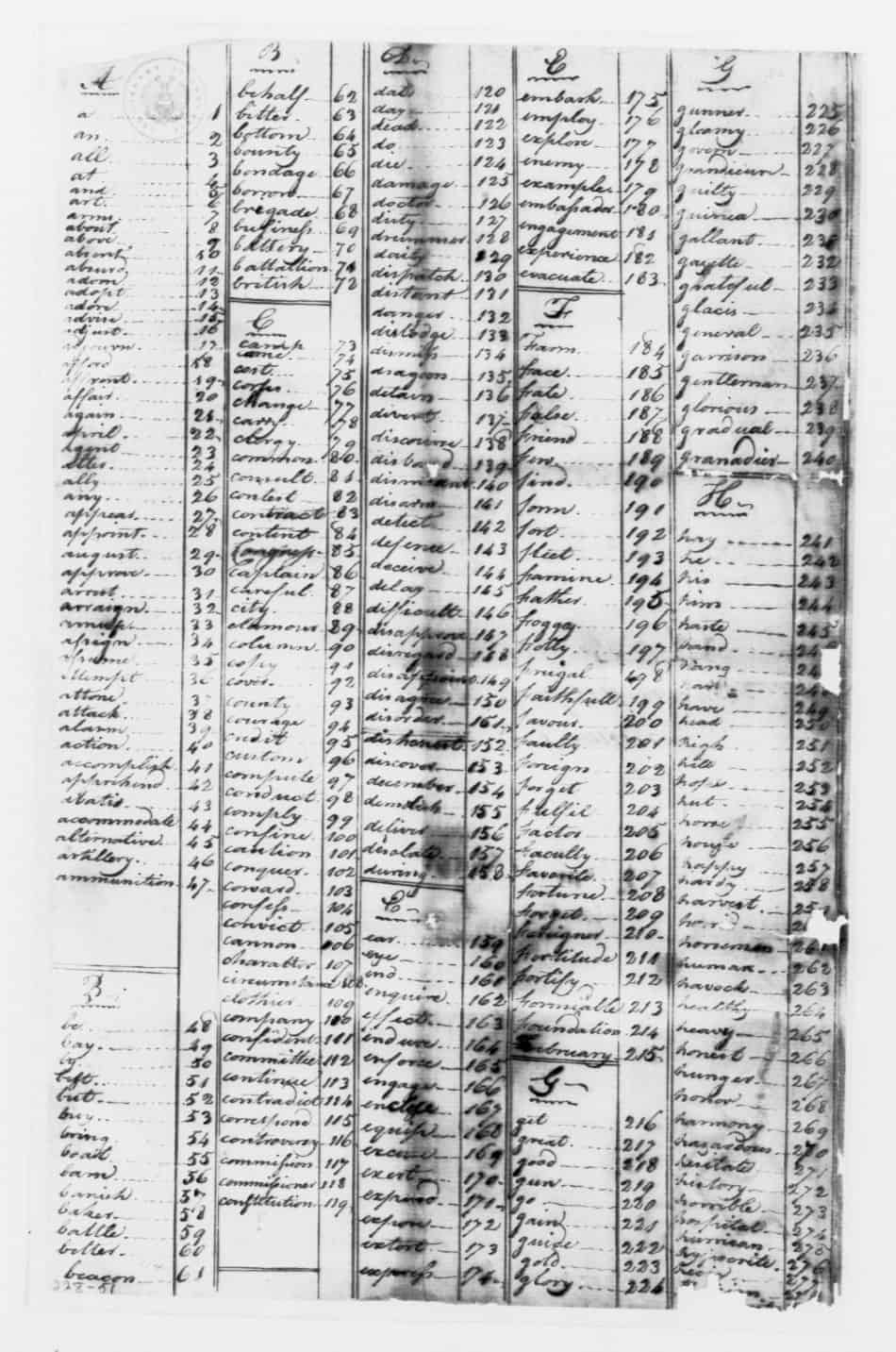
ADVERTISEMENT - CONTINUE READING BELOW
29. America’s Chief General Also Doubled as its Chief Spymaster
After his defeat in New York, General George Washington directed that a “channel of information” be established in Long Island. The result was an amateurish affair without permanent agents on the ground. It came to grief when Nathan Hale, a young officer who volunteered to gather intelligence from behind British lines, was captured and executed as a spy. That convinced Washington that civilians would make better spies than soldiers. So in February, 1777, he directed a Nathaniel Sackett to spy on the British, and appointed a Major Benjamin Tallmadge, a New York native, as military liaison. The information gathered was often hit or miss, however, and a frustrated Washington eventually sacked Sackett.

ADVERTISEMENT - CONTINUE READING BELOW
Washington was frustrated with other intelligence efforts until August, 1778, when he accepted an offer by a Caleb Brewster of Connecticut to spy behind British lines. Within weeks, Brewster sent in accurate reports of British troops and ships. Washington ordered Tallmadge to build up on Brewster’s efforts, and personally oversaw the major’s efforts as he established the Americans’ first reliable intelligence pipeline in enemy territory. As seen here, Washington was hands-on throughout. He acted as his own spymaster, exchanged invisible ink letters with the spies, and gave them detailed instructions about the information he wanted them to gather. They delivered and handed Washington timely and vital information that contributed greatly to America’s ultimate victory.

